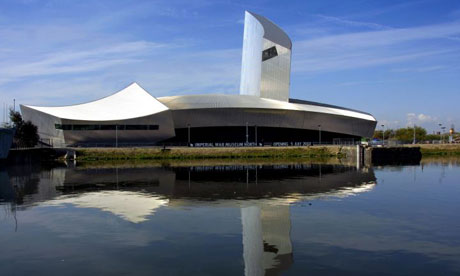
A team of researchers at the Universitat Politècnica de Catalunya (UPC) has designed the first chip manufactured completely in Spain that will be used to measure the wind on Mars. This chip is the key piece of the anemometer on a weather monitoring station run by Spanish scientists for NASA’s Mars Science Laboratory (MSL) rover, whose launch is planned for fall 2009.
The MSL rover, a robotised vehicle, will determine whether Mars is or has been able to support any kind of life. Among the instruments it contains are the Rover Environment Monitoring Station (REMS), which will measure air and ground temperature, atmospheric pressure, ultraviolet radiation and humidity, in addition to the speed and direction of the wind measured by the chip designed by the Spanish engineers. The details on this scientific contribution were recently published in the journal Planetary and Space Science.
Luis Castañer, coordinator of the Micro and Nano Technologies Research Group at the UPC which developed the piece, tells SINC that this chip “is more efficient in terms of energy than those previously developed, and silicon technology is being used for the first time for this application in space”.
Each silicon chip is 1.5 millimetres thick and includes three temperature-sensitive platinum components: One measures the temperature of the chip, the second heats it to some 25ºC above ambient temperature and the third controls the characteristics of the wind sensor. The chip also carries the names of its creators.
Hot wire anemometry was the principle used by the engineers to measure the wind. Castañer, a founding member of the Royal Spanish Academy of Engineering (RAI), notes that wind had traditionally been measured by a technique in which a wire was heated and then the air cooled it, varying its temperature. This made it possible to establish a relationship with the speed of the air flow. “In the case of the chip, the hot point is not a wire, but instead a piece of silicon heated by a fine film that covers it and acts as the resistance to heat”, he says.
The Micro and Nano Technologies Research Group (MNT) has patented a system that makes it possible to calculate the magnitude of the wind and its direction on a plane using four chips on a plate on that same plane, while at the same time taking the ambient temperature as a reference. The temperature is measured by a fifth chip, identical to the other four.
Wind speed can be measured in 2D with this methodology, but the speed in 3D can be deduced by using as many plates as necessary. The REMS weather monitoring station uses 6 wind sensors, with 5 silicon chips each, located on the ends of two booms and separated by an angle of 120°.
The chips were manufactured at the MNT group’s Laboratorio de la Sala Blanca, which counts on collaboration from the Centro de Astrobiología (CAB, the joint centre of the Instituto Nacional de Técnica Aeroespacial and the Consejo Superior de Investigaciones Científicas), EADS Astrium Crisa (the company in charge of the industrial assembly of the station) and the Centro Nacional de Microelectrónica in Barcelona. Some tests were carried out in the wind tunnel at the University of Aarhus (Denmark).
The first principal researcher of the REMS project was Professor Luis Vázquez from the Complutense University of Madrid. This year, aeronautic engineer Javier Gómez Elvira from CAB, the centre responsible for the Martian weather monitoring station, as well as its principal contractor, took over.
The station has already incorporated the MSL rover, and is currently verifying its instruments under the supervision of the Jet Propulsion Laboratory in California (USA) so as to have everything ready in the fall of 2009 when its launch is planned.
The MSL will carry out four types of research. First, it will study the biological potential of the environment, taking inventory of the chemical elements required for life and detecting the presence of organic compounds. It will also classify the geology and geo-chemical makeup of the region, analysing the composition of the planet’s surface and interpreting the processes that have formed and modified its rocks. The rover’s instruments will also be used to investigate surface radiation and some atmospheric processes- such as those that involve water- that may be relevant in determining if living beings could have existed on the red planet in the past.




 iStockphoto
iStockphoto





